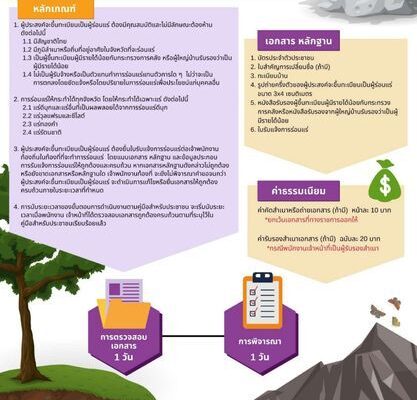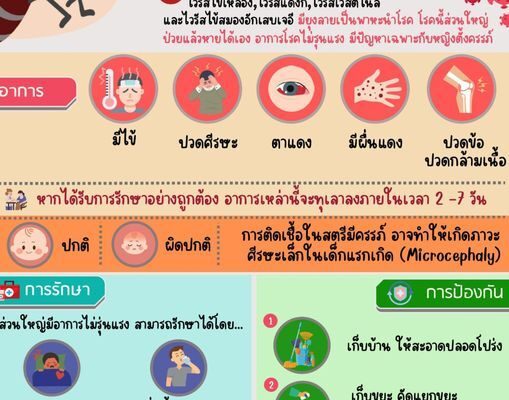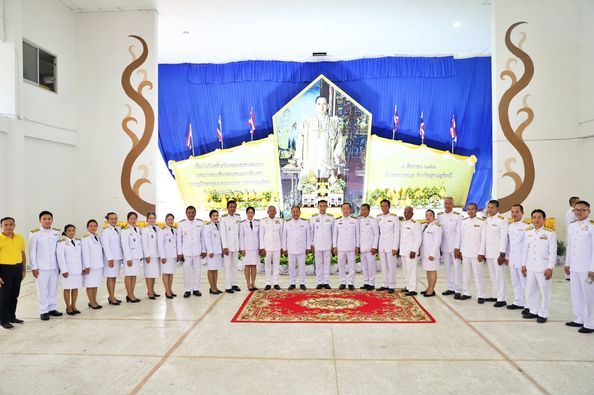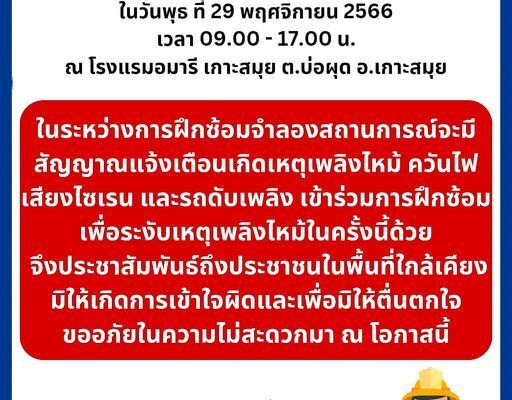
Understanding the Mineral Act of 2017
Looking to explore the world of mining in Thailand? Learn all about the legal steps required to get involved in mining activities and obtain a Prospecting Licence. Get your SmallScale Mining Permit and contribute to local economies. MiningInThailand MineralAct2017 GetYourPermits ExploreTheWorld LocalEconomies HappyMining








